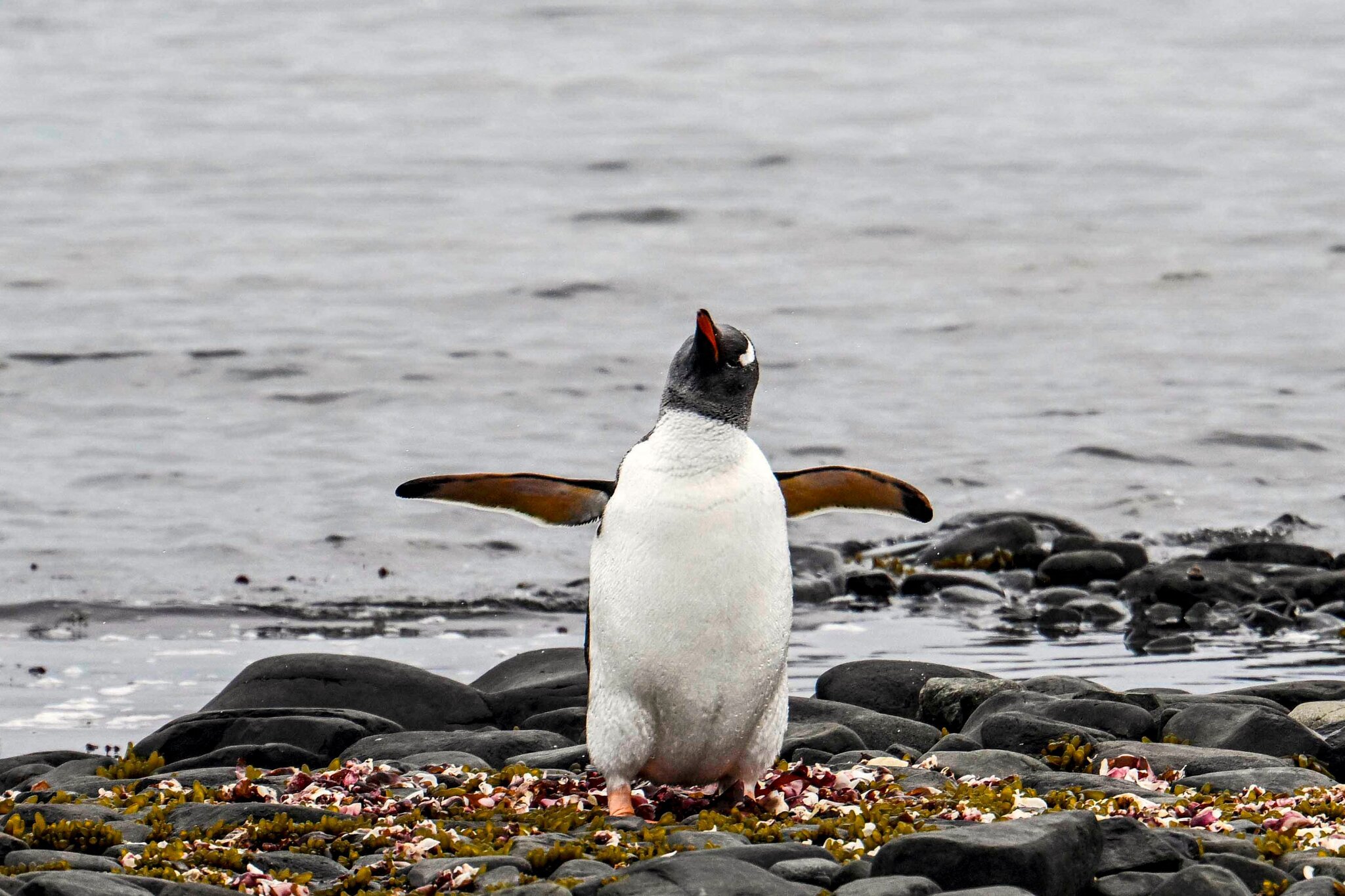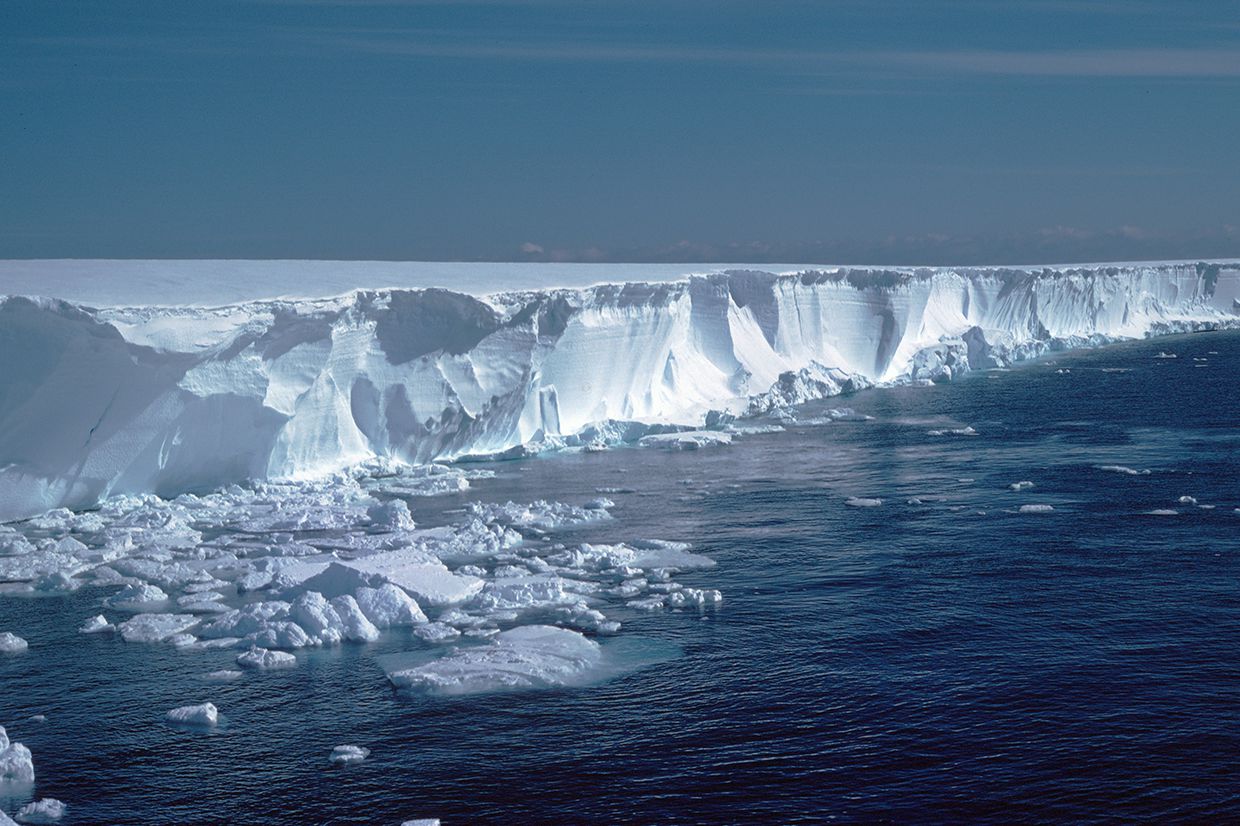Bird flu has been confirmed to have reached the mainland of Antarctica for the first time, according to officials.
The H5N1 virus was detected on Friday in two dead scavenging birds known as skuas near Primavera Base, an Argentinian scientific research station located on the Antarctic peninsula.
Additional suspected cases have also been reported in brown skuas, south polar skuas, and kelp gulls in Hope Bay, another location on the Antarctic peninsula, based on data from the Scientific Committee on Antarctic Research.
“This discovery demonstrates for the first time that the highly pathogenic avian influenza virus has reached Antarctica, despite the distance and natural barriers that separate it from other continents,” stated a report from the Spanish government on Sunday.
These are the initial confirmed cases on the continent itself, indicating the virus’s spread within the region, likely facilitated by migratory birds.
The H5N1 outbreak has been responsible for significant bird deaths globally since 2021 and has now reached every continent except Oceania.
Avian flu had previously reached the broader Antarctic region in October of last year, when cases were reported on sub-Antarctic islands.
The virus was first detected on the British overseas territory of South Georgia and the South Sandwich Islands, approximately 1,000 miles (1,600 km) from Antarctica.
It was also found in the Falkland Islands, situated 600 miles northwest of South Georgia.
Initially affecting birds such as gulls, skuas, and terns, the virus has since been identified in albatrosses, penguins, and southern fulmars.
It has also affected Antarctic mammals, contributing to mass deaths among elephant seals and fur seals.
The virus has similarly impacted wildlife populations in the Arctic, with the first confirmed case of a polar bear dying from H5N1 reported in December.

“There are multiple reports now of highly pathogenic avian influenza (HPAI) affecting several species in the Antarctic regions this season,” noted Matthew Dryden from the UK Health Security Agency.
“The challenge of accessing and sampling wildlife in Antarctica may have delayed the reporting of cases on the Antarctic mainland until now.”
The deceased birds from mainland Antarctica were discovered by Argentinian scientists and analyzed by researchers from the Centro de Biología Molecular Severo Ochoa in Madrid, who were stationed at the Spanish Antarctic base on Deception Island.
“The concern now is how long it will take before the virus spreads to other species like penguins. This needs careful monitoring,”
remarked Antonio Alcamí, a researcher from the Spanish National Research Council based at the Centro de Biología Molecular Severo Ochoa CSIC in the Spanish Antarctic base, who conducted tests on the bird carcasses.
“Unfortunately, I believe there is a high probability it will spread to penguins. Skuas live in close proximity to them, providing numerous opportunities for transmission.”
Previous outbreaks in South Africa, Chile, and Argentina have demonstrated that penguins are vulnerable to the virus.
Since H5N1 arrived in South America, over 500,000 seabirds have perished from the disease, with penguins, pelicans, and boobies among the worst affected species.
In a pre-print research paper last November, researchers warned, “If the virus begins causing widespread mortality among penguin colonies, it could signal one of the largest ecological disasters of modern times.”
Diana Bell, emeritus professor of conservation biology at the University of East Anglia, remarked on the news, saying,
“Sadly, this is not surprising given its previous detection on Antarctic islands in birds and elephant seals. It seems improbable that penguins there will escape infection.”
Dryden emphasized the importance of biosecurity measures to protect humans from exposure to the virus, noting that while certain wildlife sites had been closed to tourists to prevent transmission, little else could be done to halt its spread among wildlife.
“There are no further measures to limit transmission in wildlife, and the outbreak will need to run its course naturally.”
